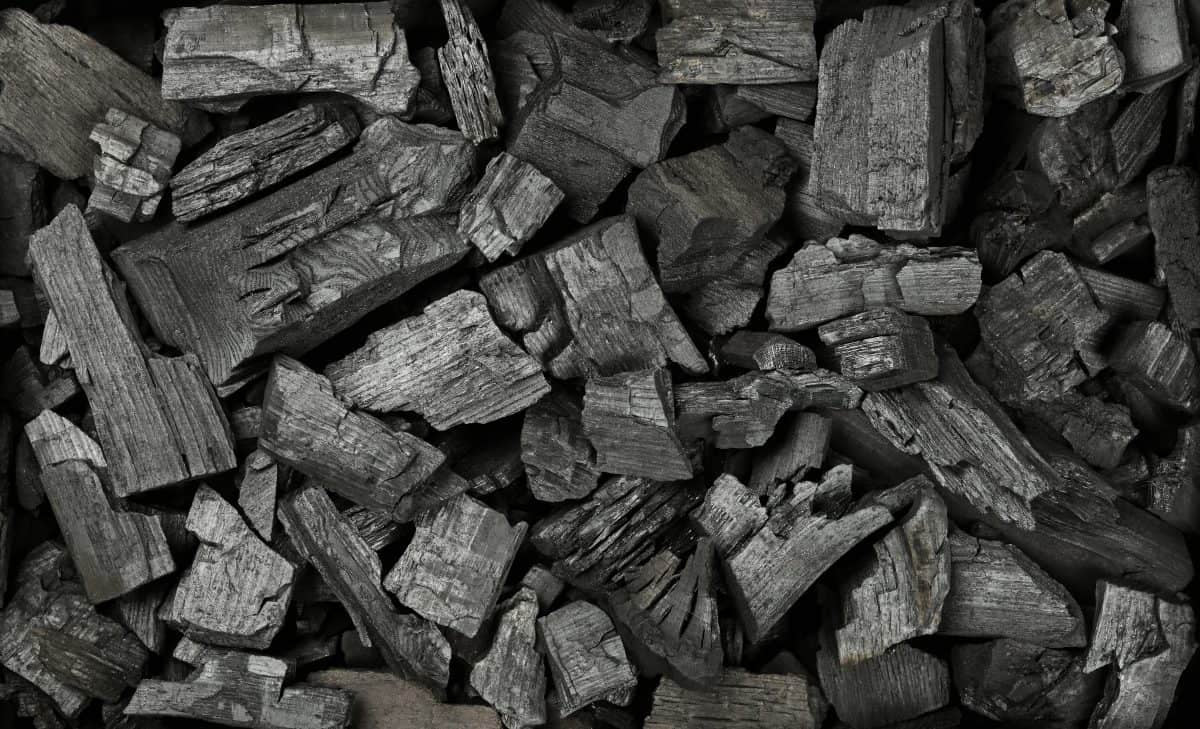Pros and Cons of Charcoal Lump

Lump is charcoal at its most basic and is essentially wood that’s been partially burned down to basics, that’s been through a carbonization process, until what’s left is just that: Carbon.
It’s burned in a low-oxygen silo to remove sap, moisture and naturally-occurring methane, hydrogen, and a bunch of other chemicals. The process is called charring; you may still see charcoal sold as char wood.
You can consider it a type of recycling since it’s mostly the by product of coppicing, and scrap wood from mills and wood businesses that are used, as opposed to using new trees.
It typically burns at 1400 °F (760 °C) or greater which is a temperature far hotter than can be achieved with briquettes.
[Trivia: If your surname is Collier, it means your ancestors were charcoal makers.]
Pros
- Burns hot, so it needs to be closely monitored; especially if you decide to use it for smoking which requires a low, steady, and long-lasting
- Formulated to burn for an hour, so it’s great for a quick grilling session
- Smells great
- Produces abundant smoke flavor
Cons
- Not every piece is fully carbonized
- Larger pieces still contain cellulose and lignin, two of the three main wood components, which does increase flavor…but means varying flavor.
- Burns fast, making it necessary to add more over a long cooking session.
- Unevenly-sized pieces can vary from a half to 4 inches, meaning unpredictable cooking times, inconsistent temperatures and varying results.
- Cost more than briquettes
- Easily breaks into small, unusable bits and dust that reduces airflow resulting in a slow burning fire
Lighting That Fire
There’s self-lighting charcoal, but generally speaking, you want to avoid this — as well as using lighting fluid — because of the chemical smell of the fuel-soaked lumps affecting the flavor of your food.
Allowing time for burn off of lighting fluid could resolve that problem, but you can never really eliminate it.
Therefore, buy only all-natural lumpwood charcoal with no added chemicals, and use a natural firelighter to get the fire going, either wood wool or organic all natural starter cubes. Or use either one of our favorite tools: A charcoal chimney starter, or the extremely cool looking Looftlighter.
Article credits to https://www.foodfirefriends.com/
